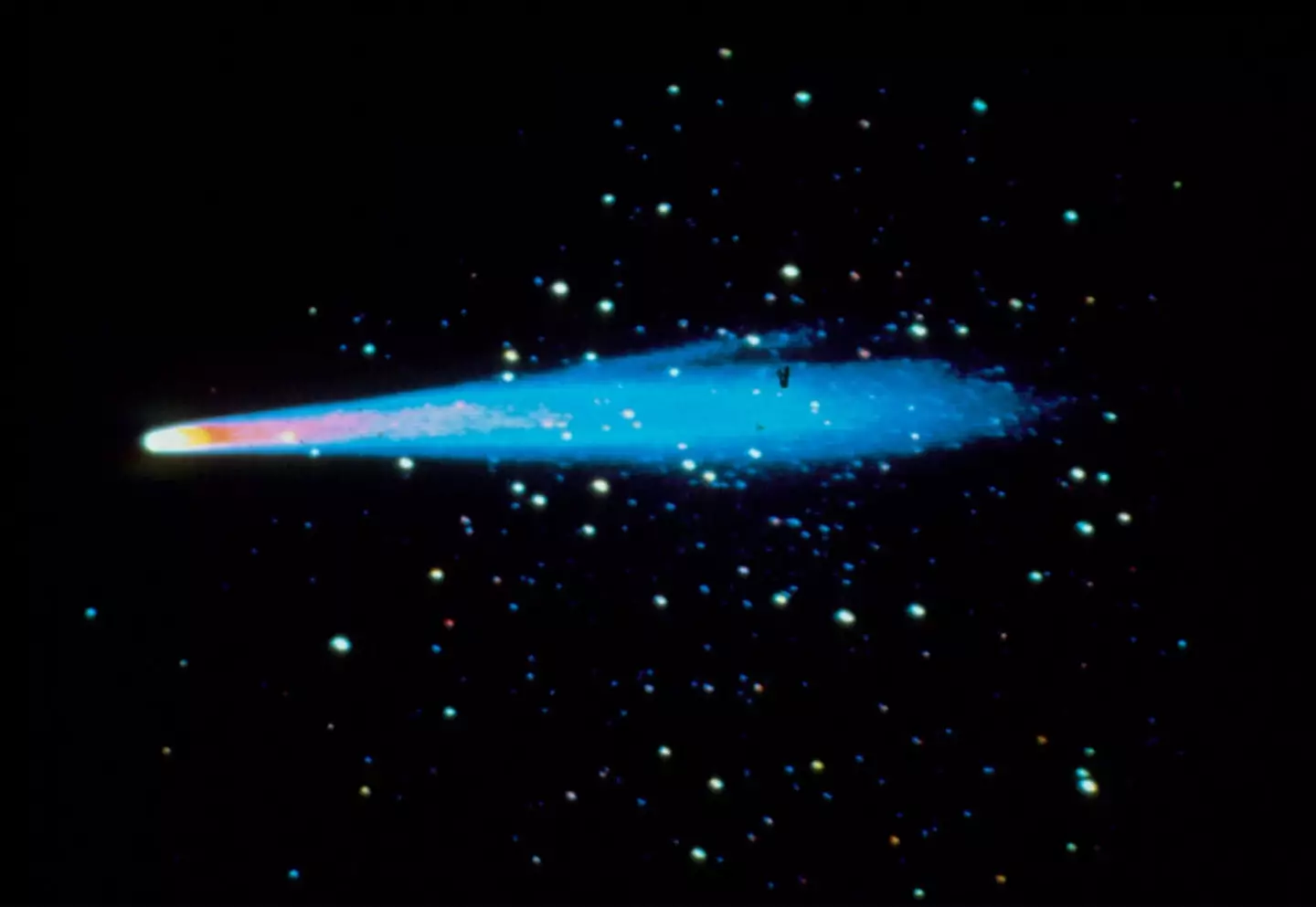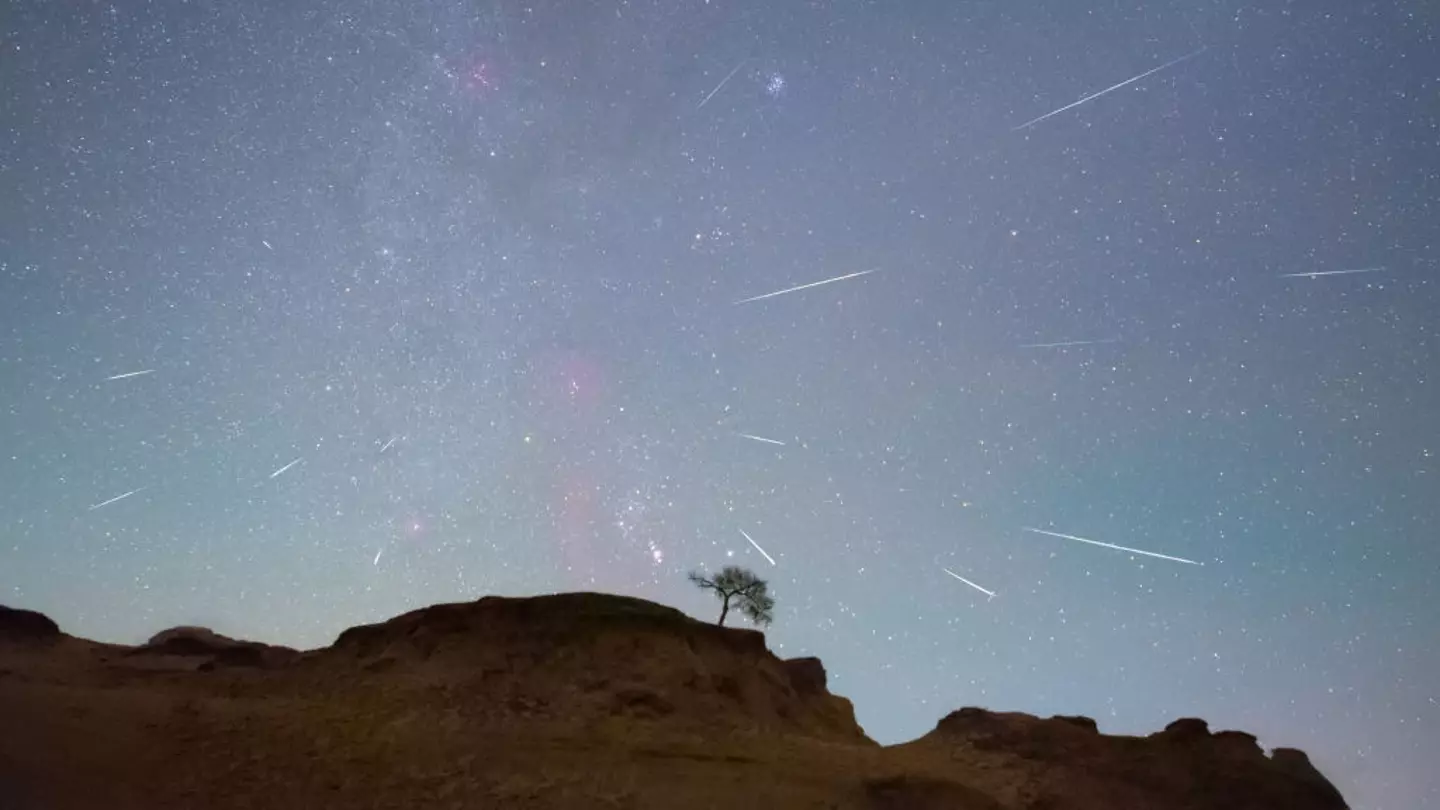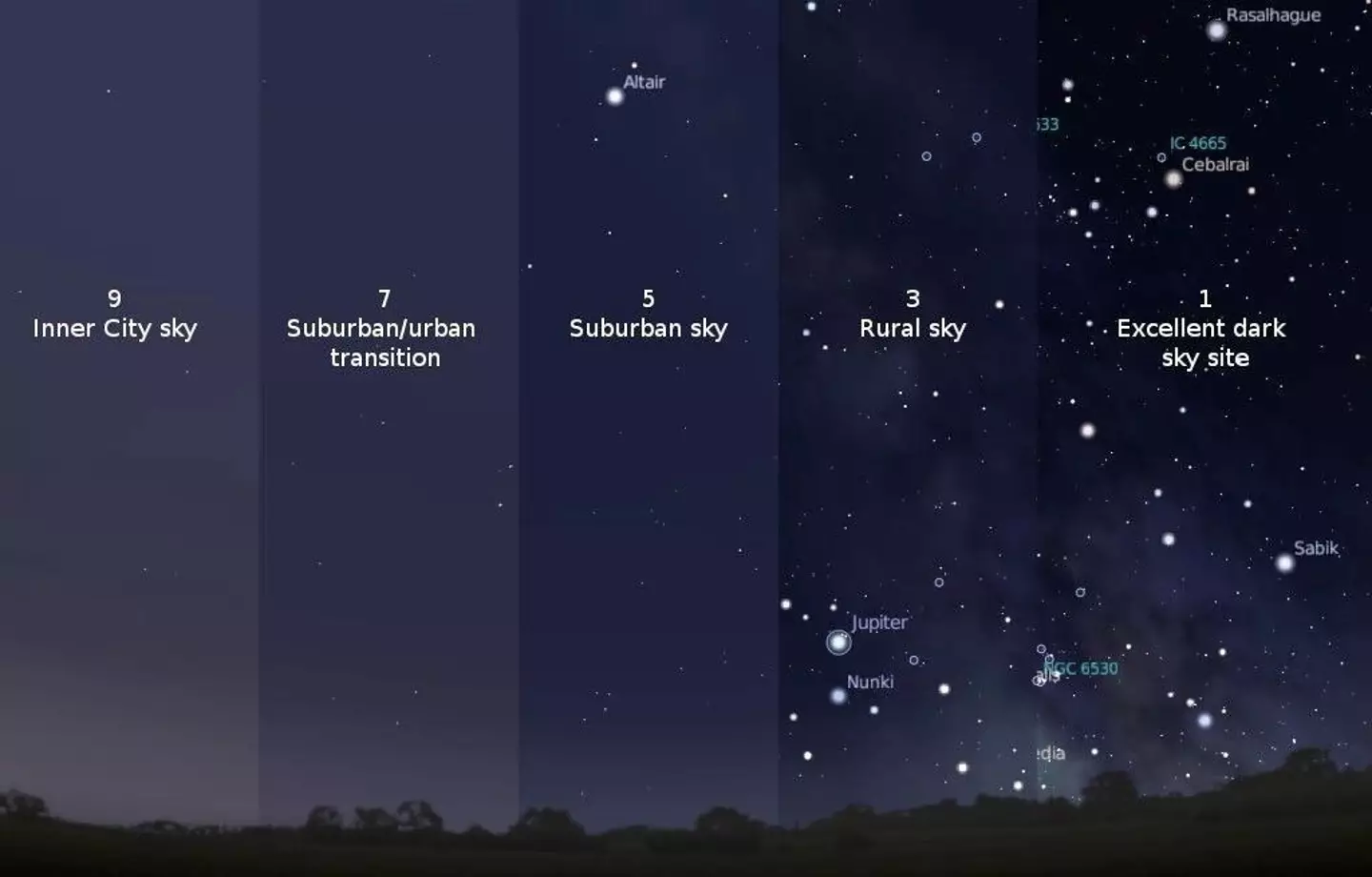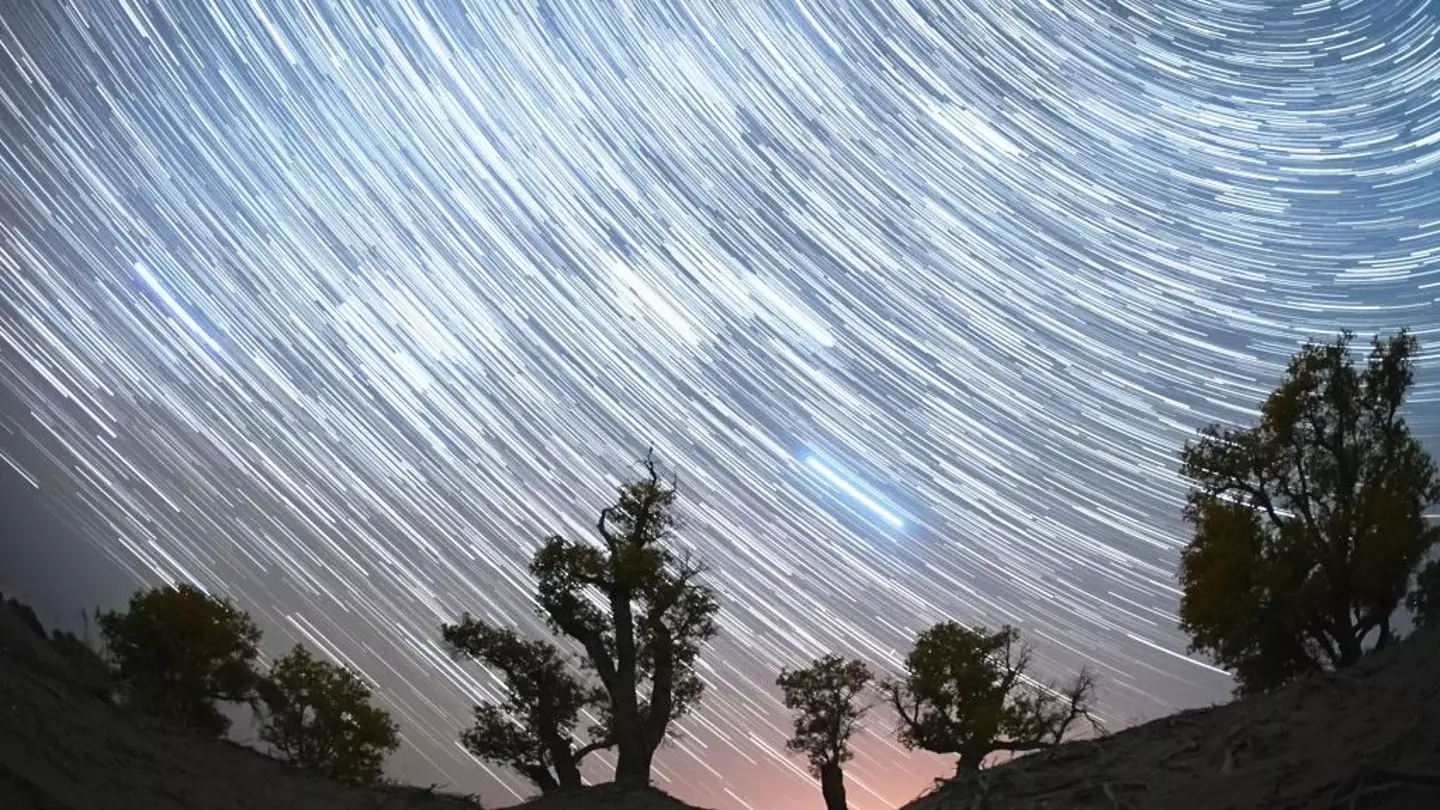NASA has shared its recommendations on how to best observe one of the most stunning meteor showers of the year.
The Orionid meteor shower, expected to peak tonight (Tuesday, October 21), may feature up to 20 shooting stars illuminating the sky.
Renowned for their bright, swift meteors that leave glowing trails, the Orionids travel at a speed of approximately 41 miles (66 kilometers) per second.
This captivating event occurs as Earth moves through the debris left behind by Halley’s Comet.
Halley’s Comet, perhaps the most well-known comet, completes an orbit around the Sun every 76 years.
The last sighting of Halley’s Comet was in 1986, and it is not anticipated to reappear in our inner solar system until 2061.
The shower is named Orionids because the meteors seem to originate from the constellation Orion, though they can be seen anywhere in the sky.

As small particles of dust and rock enter our atmosphere, they combust, creating streaks of light known as meteors or shooting stars.
During the peak, up to 20 meteors may be visible in the sky simultaneously, according to NASA.
Fast-moving meteors can transform into fireballs, producing exceptionally bright streaks across the sky.
This time around, there will be no moonlight to interfere with the display, unlike August’s Perseid shower, allowing for an uninterrupted viewing experience.
However, visibility may still be affected by the weather conditions in your area.
NASA has provided guidance on how to best view the Orionids, so be sure to take note.

While the meteor shower occurs from September 26 to November 22, its peak is on October 21. This is the ideal time to witness the spectacle.
NASA suggests that the optimal viewing window is before midnight until around 2am.
However, as it takes about 30 minutes for your eyes to adjust to the darkness, plan accordingly before heading outside.
The meteor show is expected to continue ‘until dawn,’ according to NASA, so there’s no need to be disheartened if you don’t see any meteors immediately.
Thanks to October’s new moon, visibility is enhanced. As the Orionids peak, the moon will be positioned between the Earth and the Sun, making it difficult to see and allowing the meteors to illuminate the night sky.
“With a moonless sky, you’re much more likely to catch a fireball careening through the night,” NASA adds.

NASA advises finding a location in the countryside, away from urban lighting and streetlights, to set up your viewing spot.
For the best viewing experience, lie flat on your back. In the Northern Hemisphere (such as in the US and UK), ensure your feet are facing southeast.
For observers in the Southern Hemisphere (like in Australia and New Zealand), face northeast.
Lastly, utilize the Bortle Scale, which helps stargazers determine the level of light pollution in the sky where they are observing. Look for sky conditions rated Class 3 or 4 for optimal viewing. The darker the sky, the better the view.

